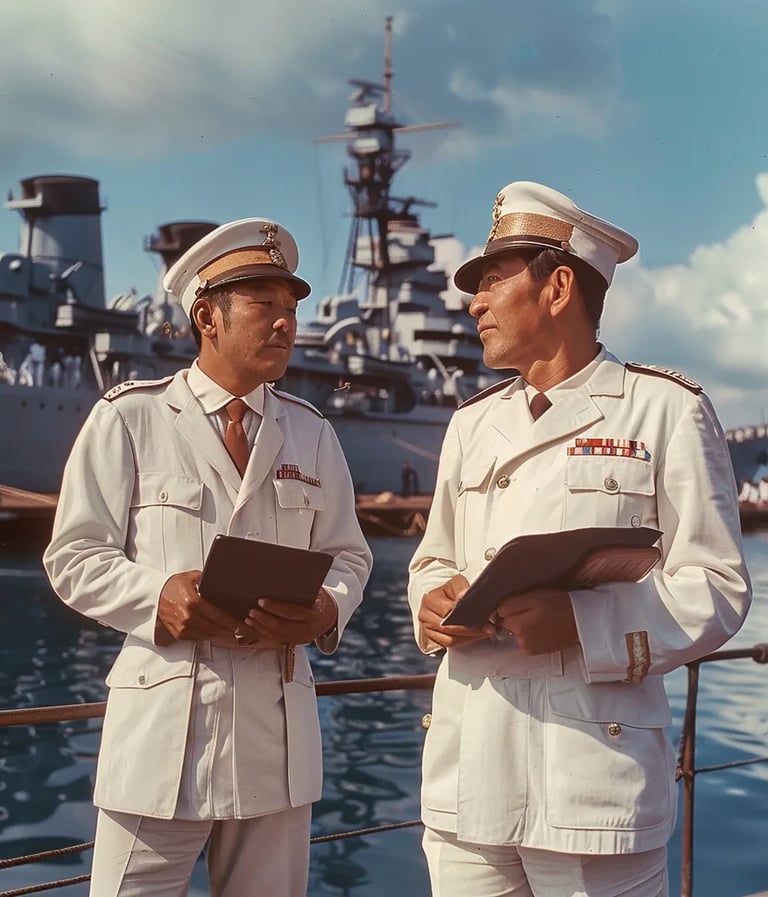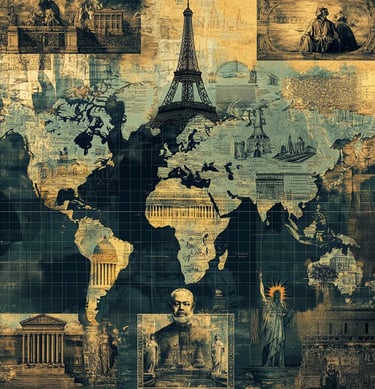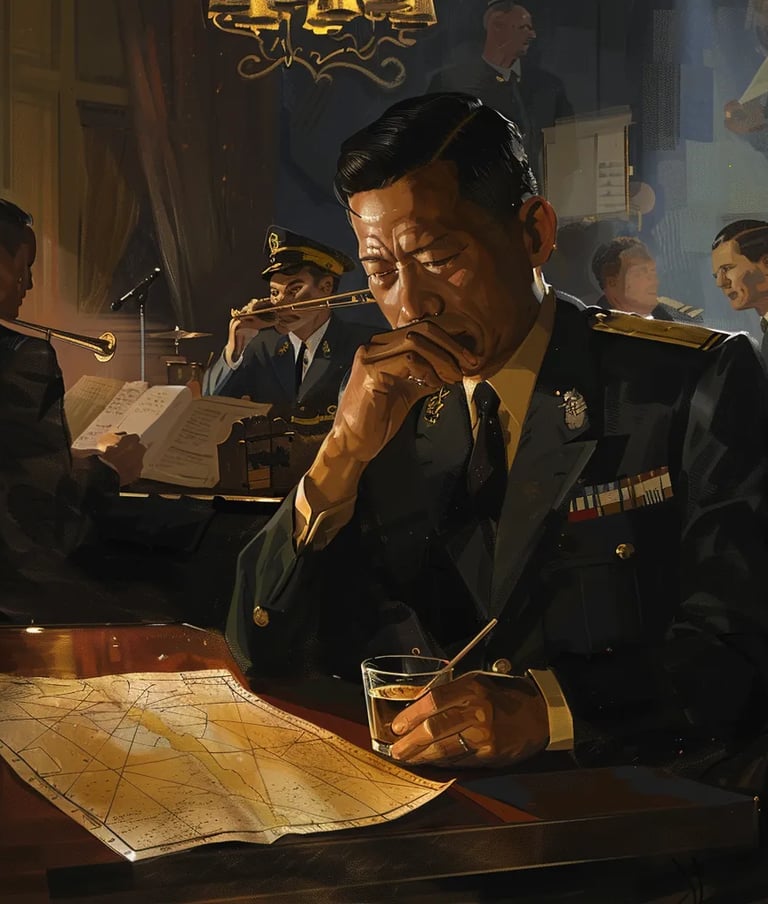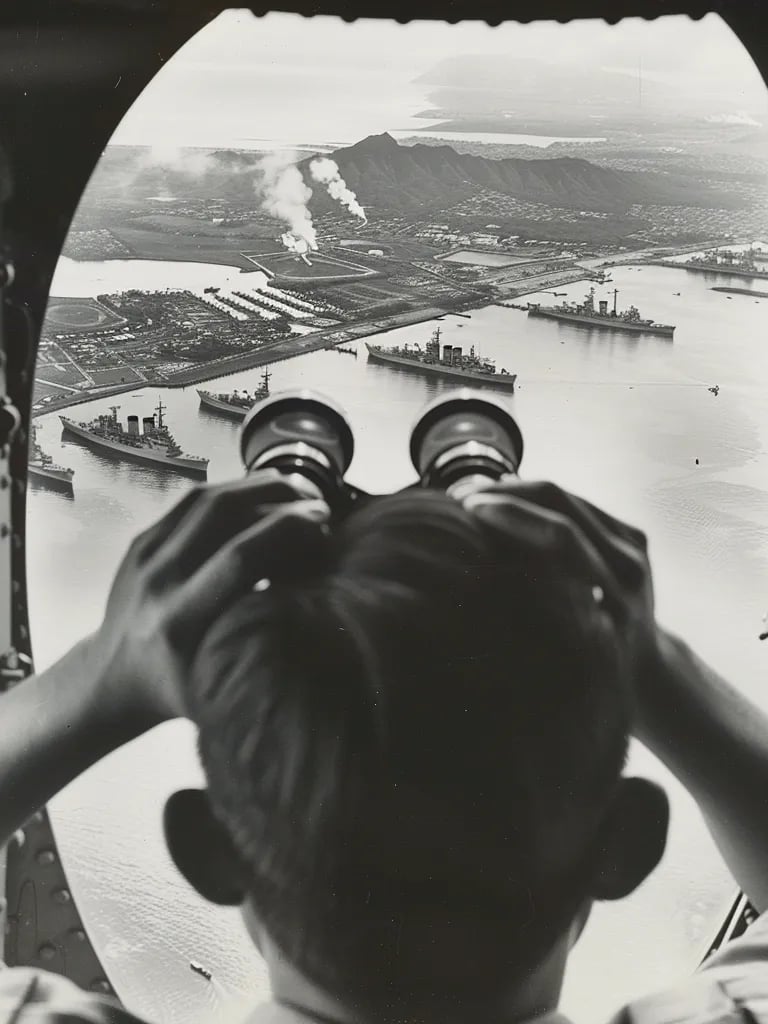On or around November 1, 1348, the bubonic plague reached London, unleashing devastation on the city. As infected rats spread the disease, entire neighborhoods fell silent, with bodies piling up faster than they could be buried. The pandemic would wipe out nearly half of England’s population, altering society, economics, and medicine forever. London would take generations to recover from the worst catastrophe of the Middle Ages.
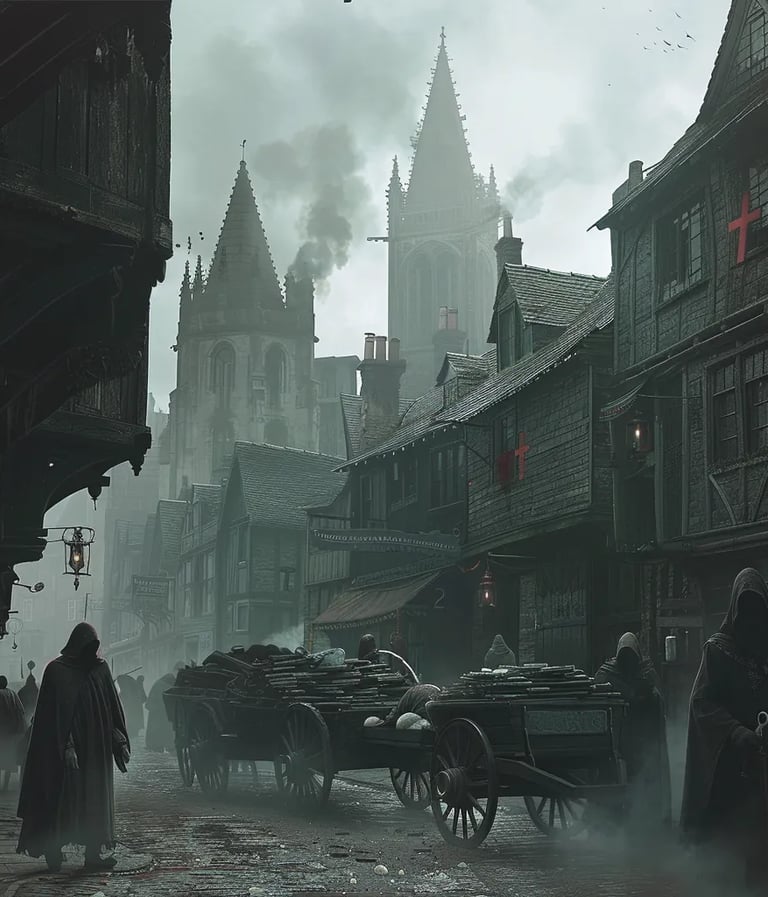

1348 – The Black Death Arrives in London, Bringing Horror and Death
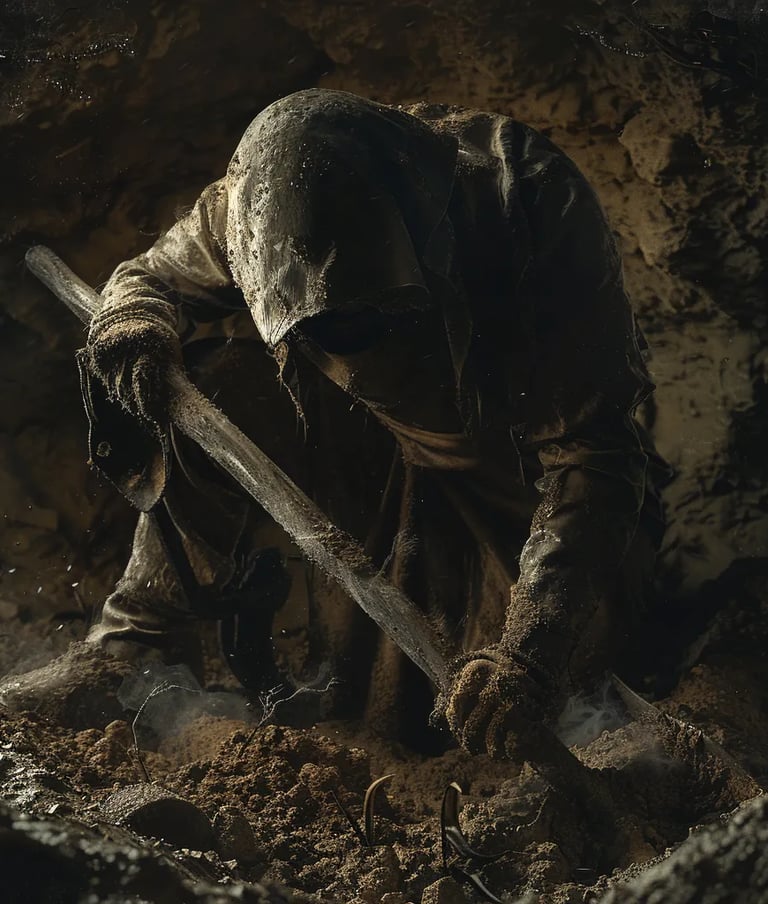

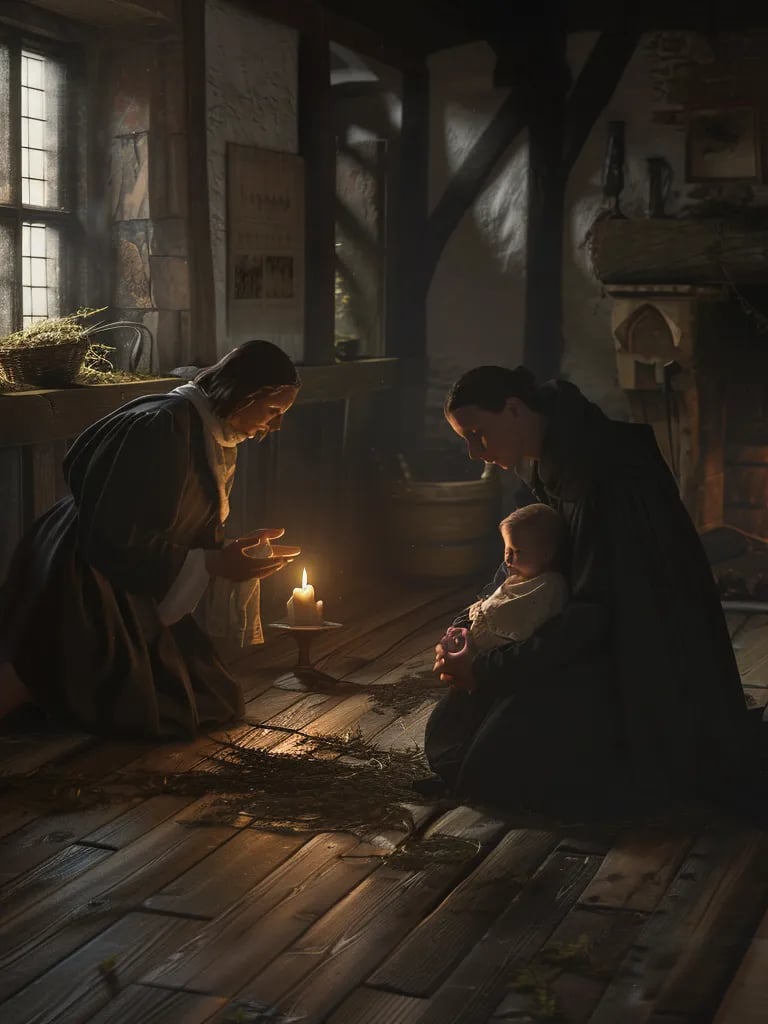

Moroccan ruler Ahmad al-Mansur launched an audacious campaign as his army, led by Spanish eunuch Jawdar, departed Marrakesh on November 1, 1590. Their mission: to cross the treacherous Sahara and seize the wealthy Songhai Empire. Against all odds, the Moroccans braved the desert, driven by ambitions of gold and power. This invasion would forever change the fate of West Africa, ending Songhai’s dominance.


1590 – A Moroccan Army Marches to Conquer the Songhai Empire
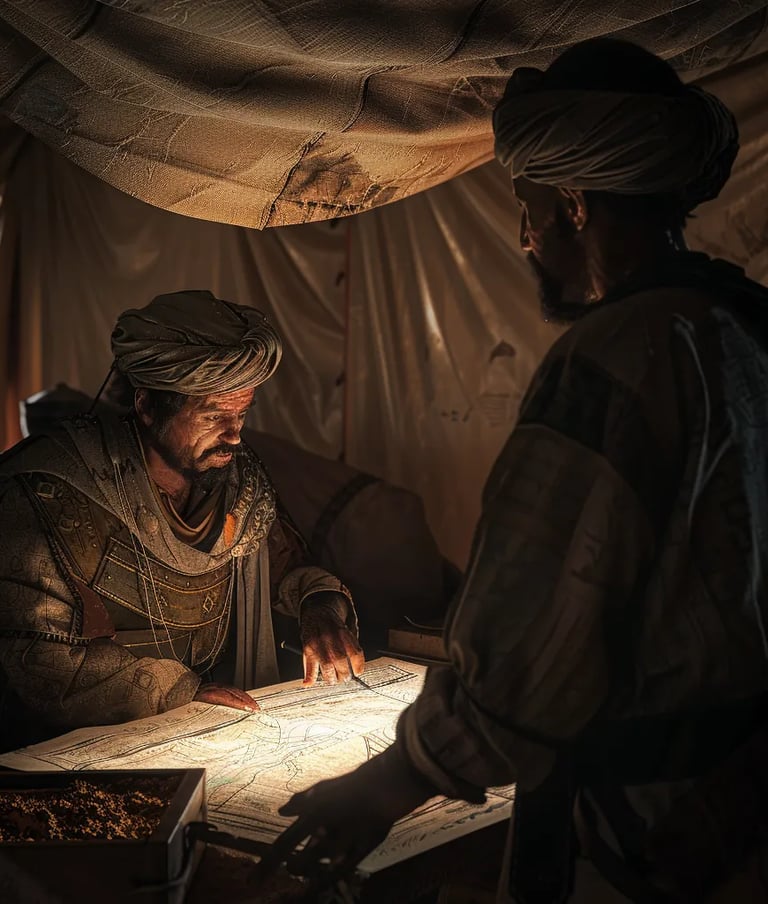



On this day, President John Adams became the first U.S. leader to reside in the White House. The grand mansion, still unfinished, stood as a symbol of the young nation’s future. Adams wrote to his wife, Abigail, hoping that "none but honest and wise men" would ever rule from its halls. His words remain inscribed in the White House to this day.
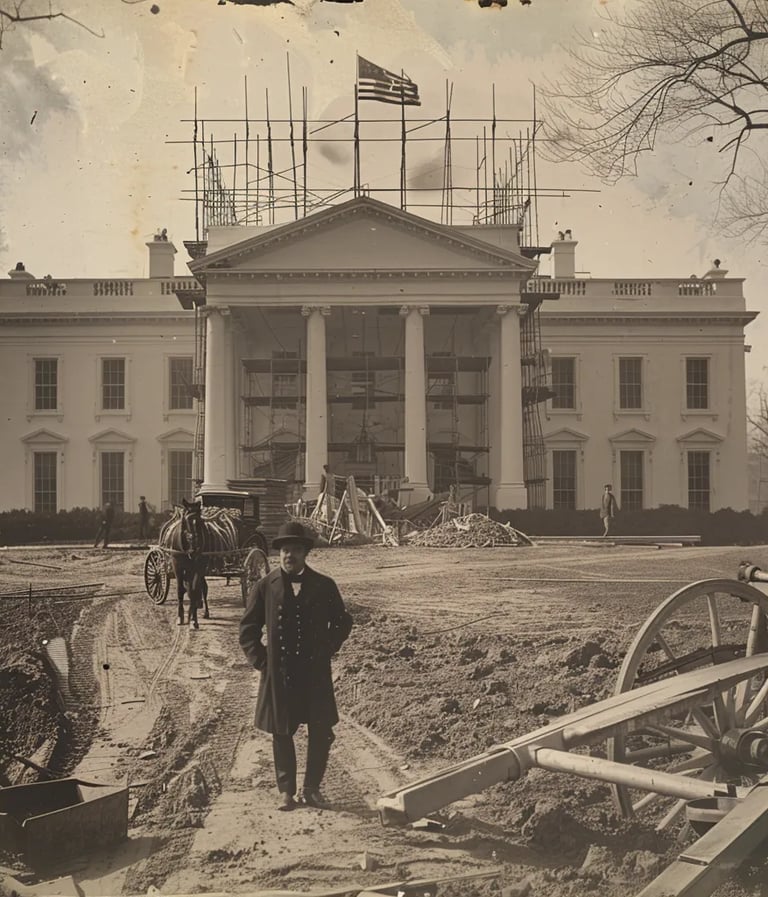

1800 – John Adams Moves In: The First President in the White House
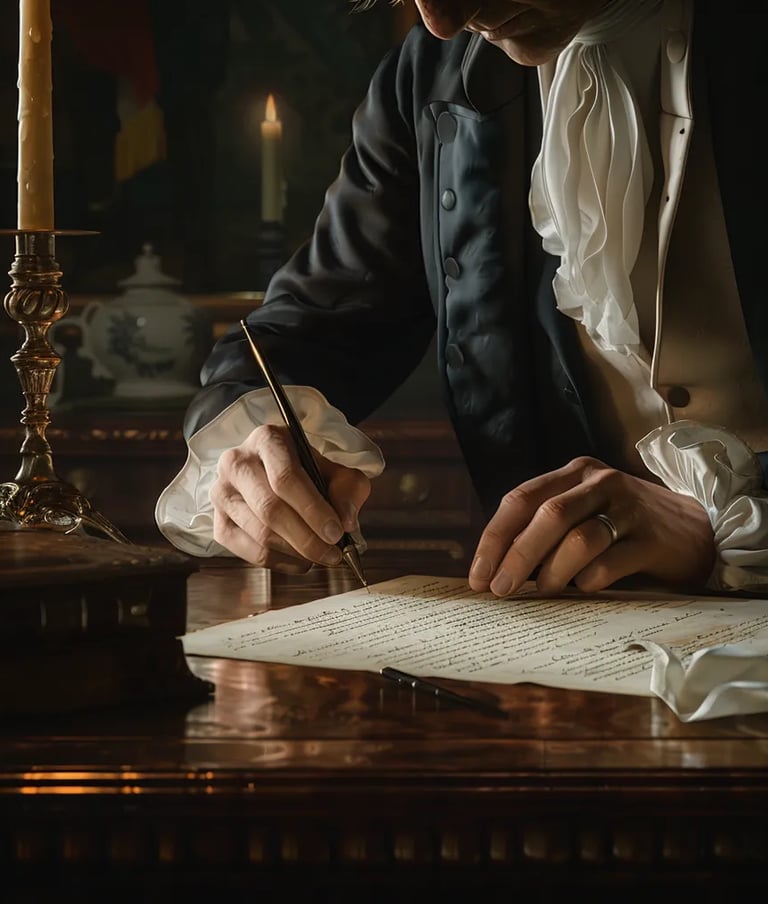

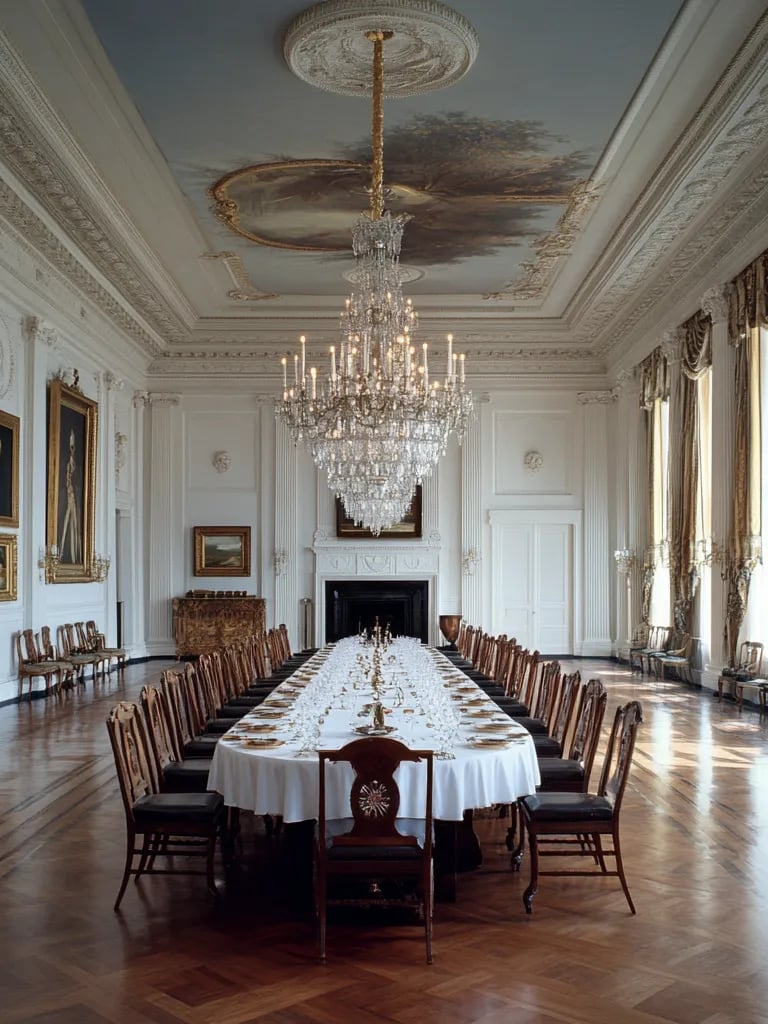

A simple bookstall appeared at London’s Euston Station on November 1, 1848, but it was more than just a shop—it revolutionized reading habits. WHSmith’s railway bookstall brought literature, newspapers, and knowledge to passengers on the move. As train travel expanded, so did WHSmith, becoming a beloved bookseller across Britain, shaping the way people read and engage with information while traveling.
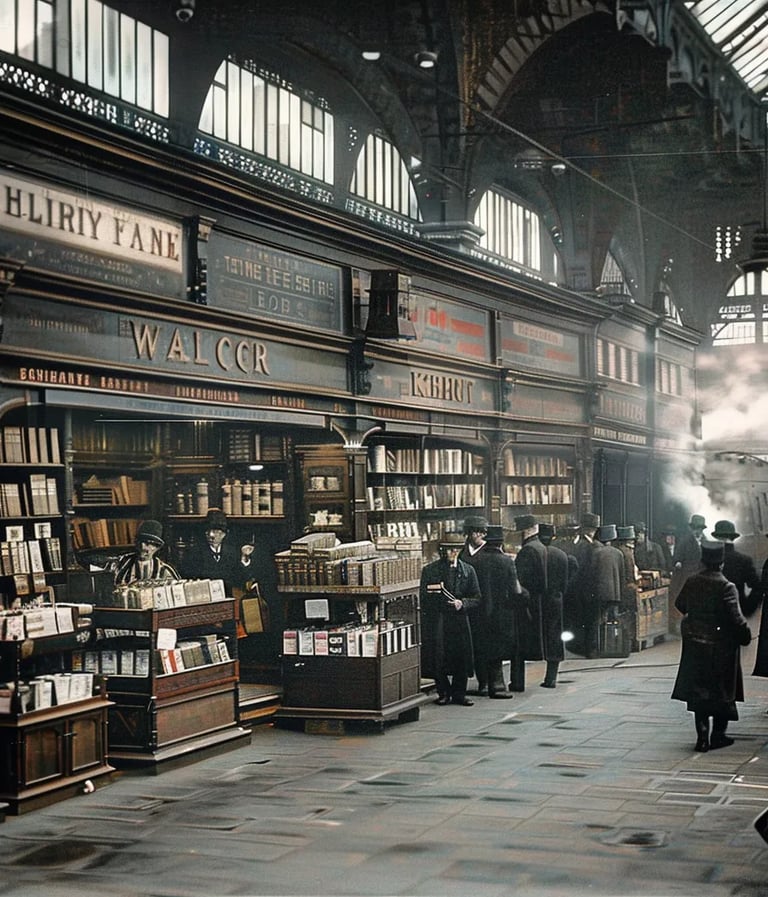

1848 – WHSmith Opens Its First Railway Bookstall, Changing Travel Forever




On this day, Japanese naval staff officers Suzuki and Maejima arrived in Pearl Harbor under the guise of diplomatic business. Behind the scenes, they observed the naval base, assessing American defenses. Their visit was one of the final intelligence-gathering steps before the infamous attack on December 7. Less than six weeks later, their findings would contribute to one of the most shocking moments in U.S. history.
